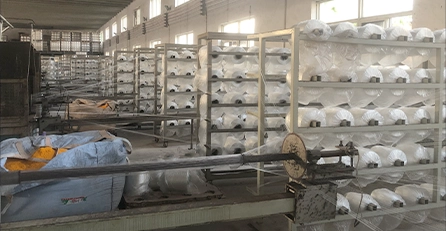lpg hose with regulator
Understanding LPG Hoses with Regulators A Comprehensive Guide
Liquefied Petroleum Gas (LPG) is a popular fuel source for various applications, including heating, cooking, and powering vehicles. To ensure safe and efficient use, it's essential to understand the components involved in LPG systems, particularly LPG hoses and regulators. In this article, we will delve into the importance of LPG hoses with regulators, their functionality, safety considerations, and maintenance tips.
What is an LPG Hose?
An LPG hose is a flexible tube designed to transport LPG from tanks or cylinders to appliances where the gas is used, such as cookers, heaters, and generators. These hoses are typically constructed from durable materials resistant to temperature changes and the chemical properties of LPG. Ensuring that the right type of hose is utilized for your specific application is crucial for safety and efficiency.
Role of the Regulator
The regulator is a device that regulates the pressure of LPG as it travels from the cylinder to the connected appliance. LPG is stored under high pressure in tanks, and without a regulator, the gas would be released at this high pressure, making it hazardous. The regulator reduces the pressure to a safe and usable level, usually around 30 to 50 mbar, depending on the appliance's requirements.
Importance of Using LPG Hoses with Regulators
1. Safety LPG is highly flammable, and mishandling can result in dangerous incidents, including explosions. Using the correct hose and regulator combination ensures that gas is delivered at a safe pressure, minimizing the risks associated with leaks and bursts.
2. Efficiency Properly regulated flow of gas means that appliances operate efficiently, consuming the correct amount of fuel. This not only saves money but also reduces environmental impact.
3. Durability LPG hoses and regulators are designed to withstand specific pressures and temperatures. Utilizing the right combination for your equipment helps prolong the lifespan of both the hose and the regulator, ensuring reliable performance over time.
Choosing the Right LPG Hose and Regulator
When selecting an LPG hose and regulator, several factors must be taken into account
- Size and Diameter The diameter of the hose should match the requirements of your appliance. Using a hose that is too small may restrict gas flow, while one that is too large might compromise the efficiency of the appliance.
lpg hose with regulator

- Material LPG hoses are available in various materials, including rubber and PVC
. Ensure that the material is compatible with LPG and suitable for the operating conditions.- Pressure Rating Always check the pressure rating of both the hose and the regulator. They should be able to handle the maximum pressure output of your LPG system.
- Regulator Types There are different types of regulators, including fixed pressure and adjustable ones. Choose one that meets the requirements of your specific appliance.
Maintenance Tips
To maintain the safety and functionality of your LPG system, regular maintenance is essential
1. Visual Inspections Routinely check hoses for signs of wear, cracks, or damages. Replace any hose that shows wear, as deteriorated hoses can lead to serious leaks.
2. Connection Checks Ensure that all connections between the regulator, hose, and appliance are secure. Loose connections can result in leaks.
3. Regular Testing Conduct gas leak tests using soapy water. Apply the solution to the connections; if bubbles form, there is a leak that needs immediate attention.
4. Storage Store LPG cylinders in an upright position and in a well-ventilated area, away from direct heat and flames. Hoses should also be coiled neatly and stored away from harsh conditions.
5. Professional Inspections Consider having a professional inspect your LPG setup periodically to catch potential issues before they become hazardous.
Conclusion
LPG hoses with regulators play an essential role in the safe and efficient use of liquefied petroleum gas. Understanding how these components work together can significantly enhance your experience and ensure a safe environment. By selecting the right products, practicing regular maintenance, and staying informed about LPG safety practices, you can enjoy the benefits of LPG with peace of mind. Always remember that safety should be your top priority when dealing with gas systems.
-
Top Quality Oxy Acetylene Hoses for Sale Fit for Welding DemandsNewsJul.28,2025
-
The Future of Pneumatic Air Tubes in IndustryNewsJul.28,2025
-
Superior and Reliable LPG Hose Pipe Solutions for Every NeedNewsJul.28,2025
-
Exceptionally Durable and Versatile Premium Braided PVC TubingNewsJul.28,2025
-
Best Adapters for Connecting Garden Hose to PVC Pipe ConnectionsNewsJul.28,2025
-
The Essential Role of LPG Hoses in Safe and Efficient Gas DistributionNewsJul.16,2025














